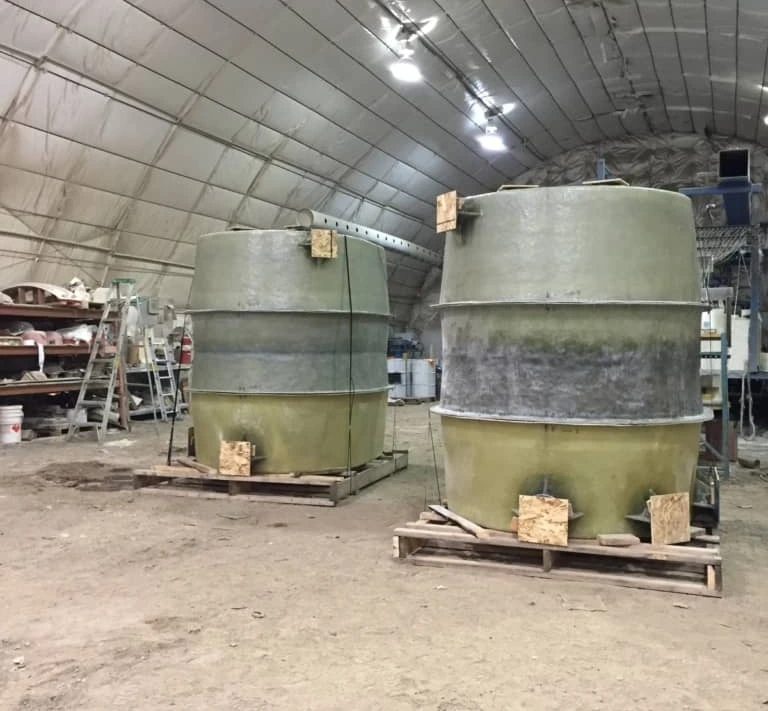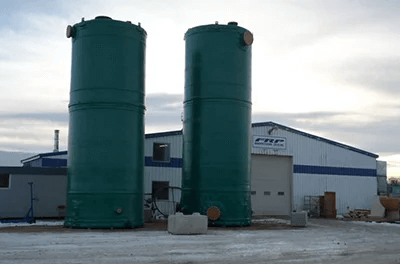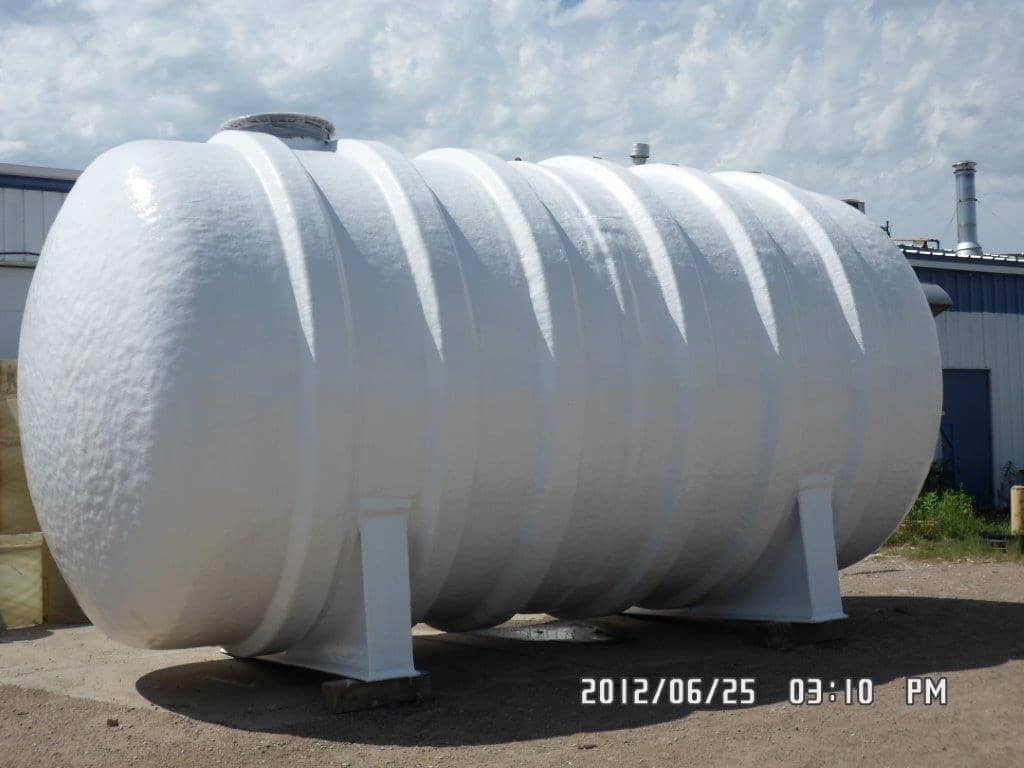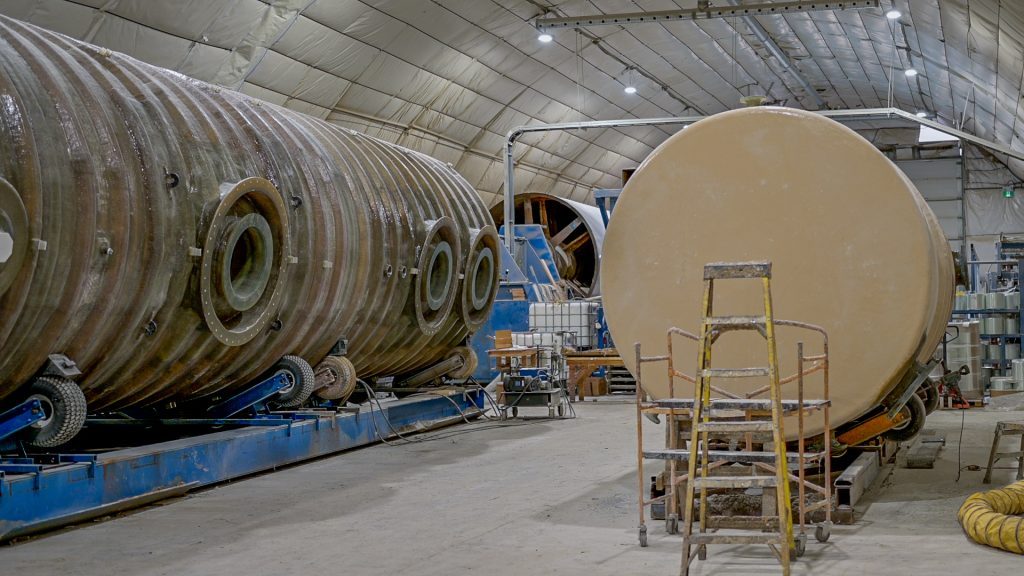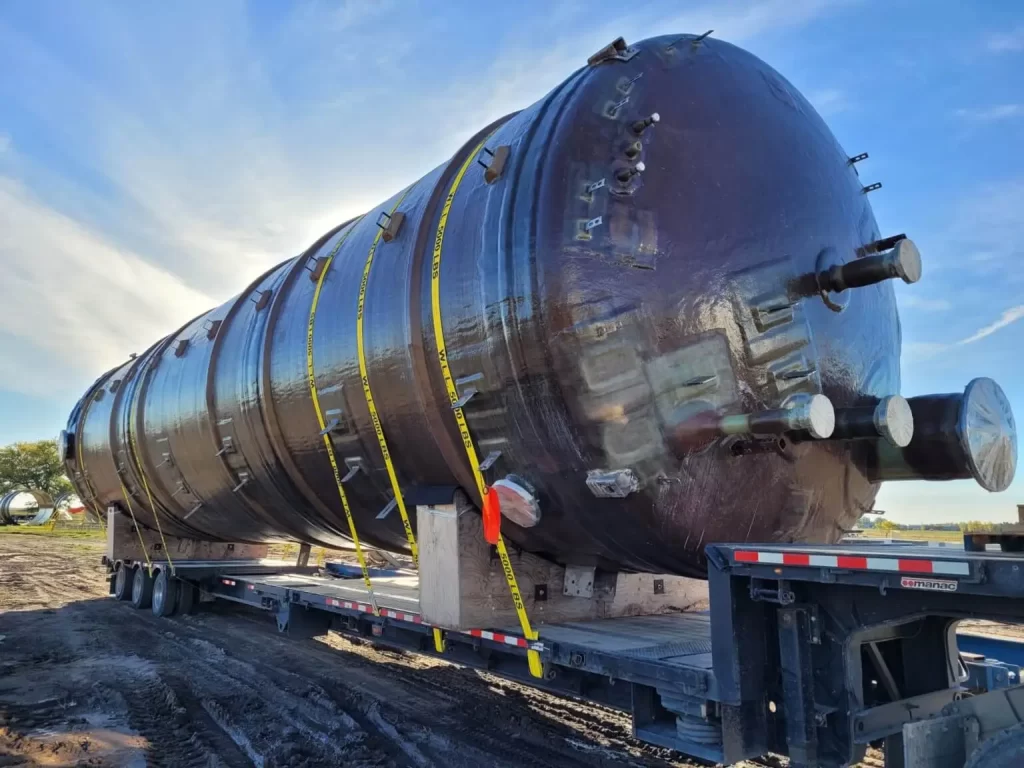Storage units are a necessary component to nearly every industry that deals with liquids and other materials that have specific storage requirements and fiberglass reinforced plastic tanks can stand up to nearly every job. Built to last and withstand corrosion, heat and UV rays, FRP tanks are an ideal storage option, but we still need to be taking proper care of them. Tanks require routine maintenance and sometimes even repair. Here are a few signs your tank might be in need of some repairs!
It doesn’t matter how brilliantly made a unit is, it will eventually deteriorate. Under the stress of the elements, an FRP unit may experience leakage, rusting or cracking of the lining or exterior over time and it’s important to know what to watch for when tanks start to break down. Book routine inspections of your tanks with experts, but keep your eyes peeled for any of the following signs of deterioration:
- Signs of leakage around the tank.
- A build-up of crystals.
- Joints, elbows or any connecting materials that have discolouration.
- Blistering on the surface of the tank or any piping.
- Wet spots, rusting or visible weeping on the exterior or interior of the tank.
- A decrease or unexpected change in volume of the product stored.
- Noticeable cracks, scratches or other stress signs across the surface of the exterior.
In some cases, it can be a quick welding repair, but in some situations, you may need to go as far as reline the tank itself. Regardless, if you see any of these signs, your best option is to get in touch with the experts and have them do the hard work. If you’re able to drain the product into another storage unit to prevent any further loss, do so as soon as you’re able to. Here’s what you can expect out of a repair job:
- Extracting all debris, including dirt, rust, the old coating of the lining and other contaminants, via abrasive blasting or sandblasting.
- Degreasing and thoroughly cleaning the interior surface.
- Thoroughly drying the area before intending to repair.
- Roughen or sand the surface to allow for adhesion.
- Using layers of FRP material to repair cracks, scratches or leaks, assuring there are enough layers to maintain the durability and required strength of the tank.
It can be expensive to replace the entire tank and sometimes the fix is just relining the tank. After the proper layer of corrosion, fire or electrical resistance is applied, depending on the needs of the work site, the tank will be examined and tested for functionality before returning to work for you. To ensure the longevity of your tank, always book routine inspections and keep a careful eye on your tanks. Not only will this help you save money, but it will give a longer lifespan to your storage units!

